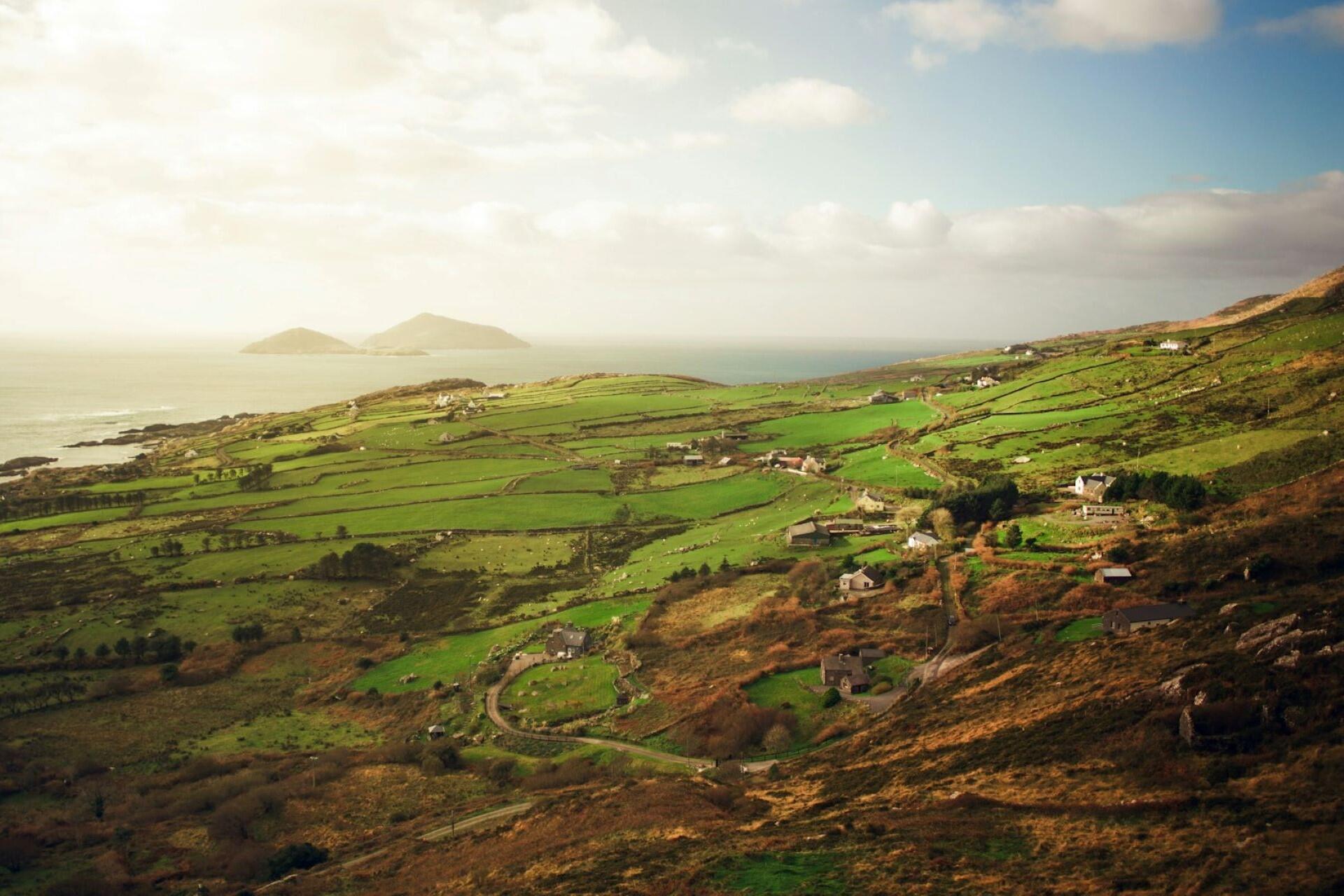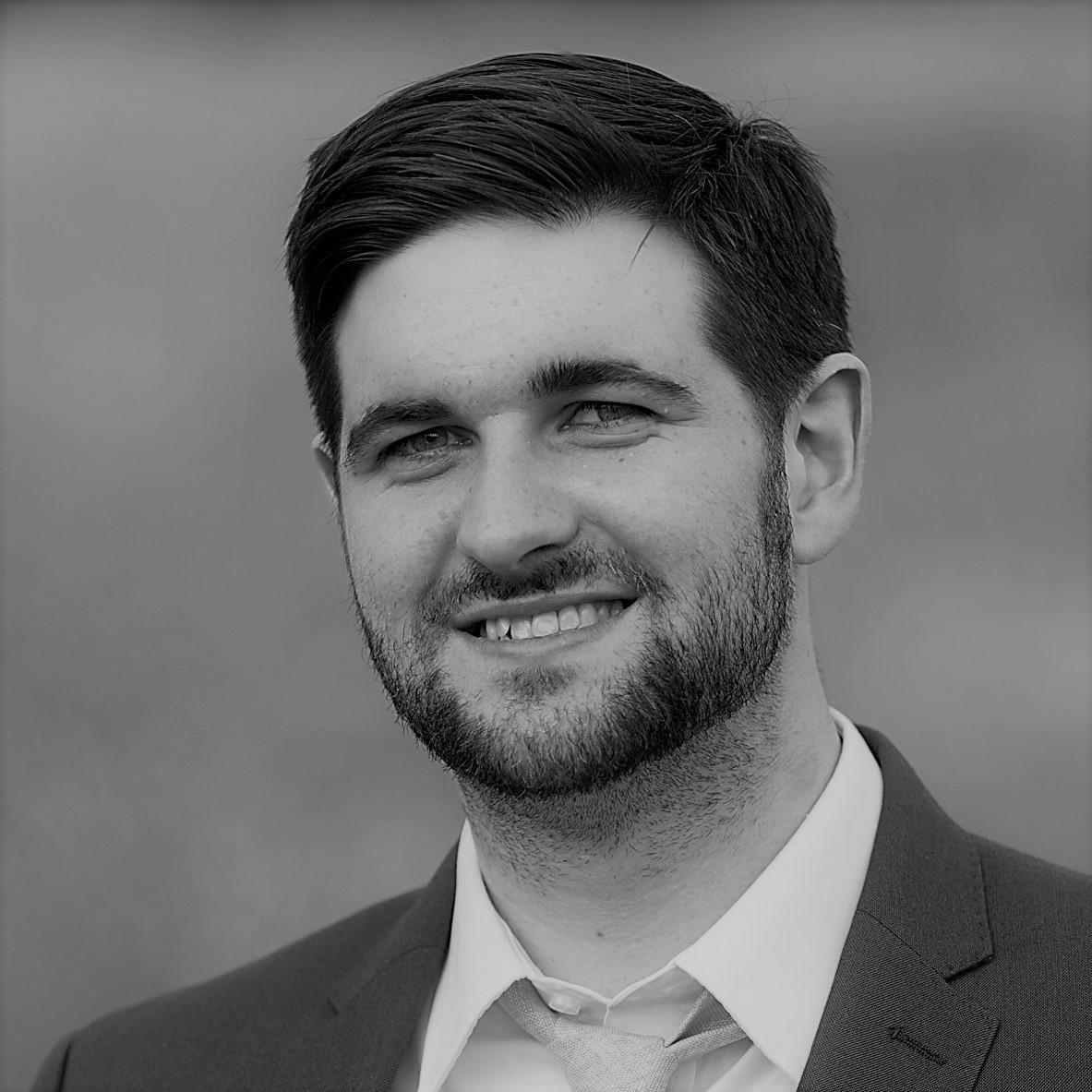Irish mythology contains legends and mysteries of fascinating ancient deities rooted in Celtic tradition. These myths from Gaelic lore feature gods and goddesses like Dagda and Lugh.
Here, we'll look at Irish gods and goddesses and the stories behind them, such as the legends of Tuatha de Danann, epic battles, and the deep connection these have between the people and their land.
Let's discover how these revered figures continue to influence modern Irish culture, from art to literature and traditional Irish tattoos. Here's where myth and history converge.

Celtic Roots – The Foundation of Irish Deities
Irish deities understandably trace their roots back to the ancient Celtic world, where the natural environment and spiritual beliefs were part of myth and ritual. The Celts were known for their vibrant Gaelic traditions, viewing the cosmos as a living entity, with the stars, Earth, and elements of battle being crucial to life and death.
At the heart of Celtic mythology is the belief that gods and goddesses were not distant beings but rather fairly active in everyday life. Celtic deities were the natural forces of the universe and human emotions. They could nurture fertility and healing or be integral to the energies of war and power.
The Celts celebrated gods and goddesses with rituals, songs, and storytelling, making them an essential part of Ireland's cultural fabric.
Nature and its cycles and the landscape of Ireland regularly reminded people of the divine, with connections like Dagda, who is associated with the bountiful Earth, and Lugh, whose brilliance radiated like the stars.
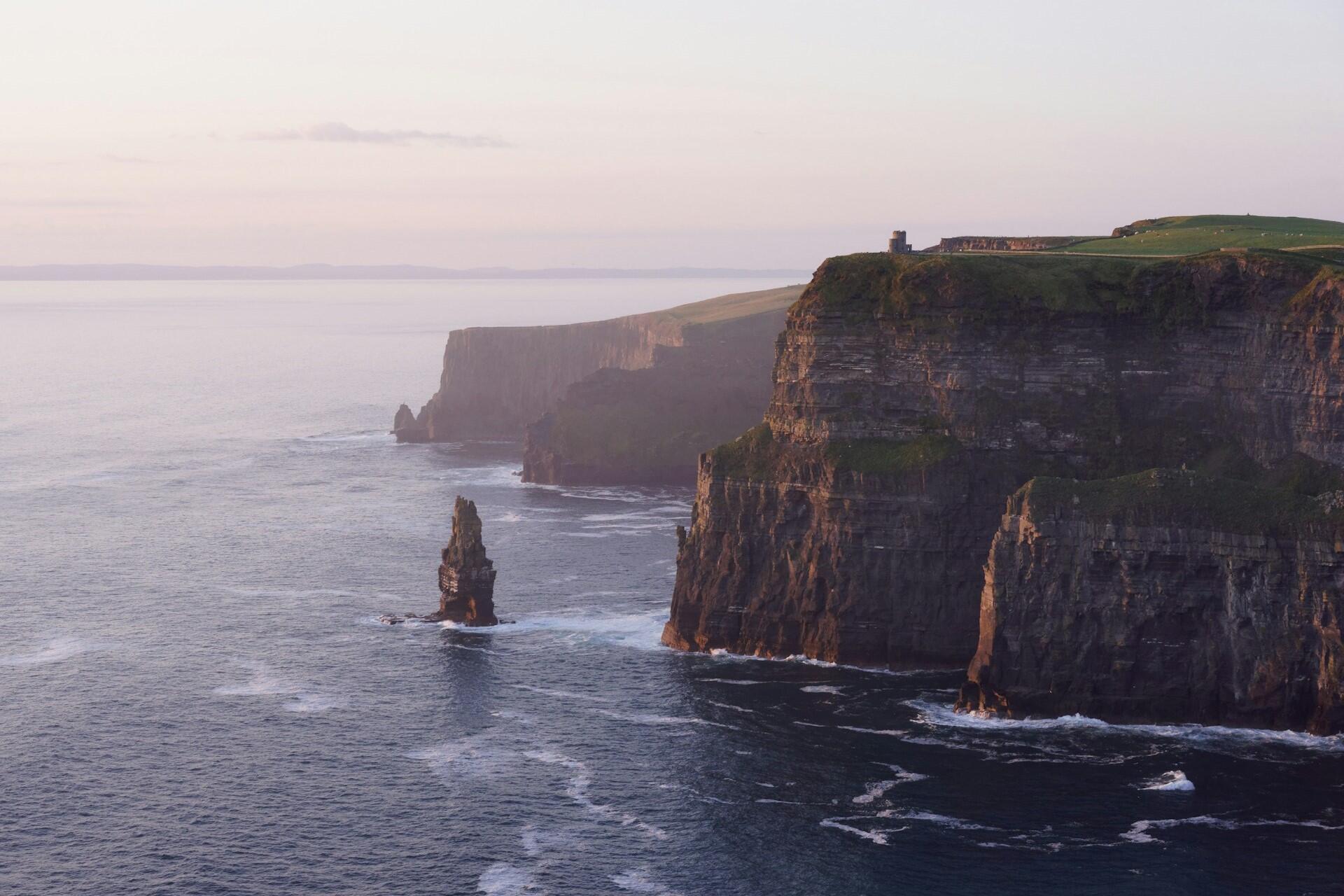
Natural events and phenomena were primarily explained by the Tuatha de Danann, legendary beings responsible for wisdom, art, and even warfare as well as by certain mythical creatures.
Let's explore who the key players were in the Irish pantheon.
The Divine Pantheon – An Overview of Irish Gods and Goddesses
Irish mythology features many different gods and goddesses, with tales of them being passed down through generations of Celts.
Ireland's divine pantheon is as diverse as it is fascinating, embodying the forces of nature, the cycle of life and death, and the ongoing struggle between order and chaos.
Dagda is the best-known of the Irish gods. Dagda is the god of wisdom, abundance, and fertility, the connection between the Earth and human prosperity.
Lugh, the radiant god, is a multifaceted character whose craftsmanship and martial prowess show just how important combat was in ancient Celtic society.
Morrigan is the goddess of war, fate, and death, playing a crucial role in the pantheon. Her remit essentially highlights how transformation occurs through battle, typically with negative but unavoidable consequences.
Brigid, however, is the goddess of healing, fertility, and poetic inspiration. She is a mother-like figure who would be considered by modern sensibilities as more of a "good" goddess. Like most ancient pantheons, every god or goddess serves an equally important role, with little to be said about good or bad.
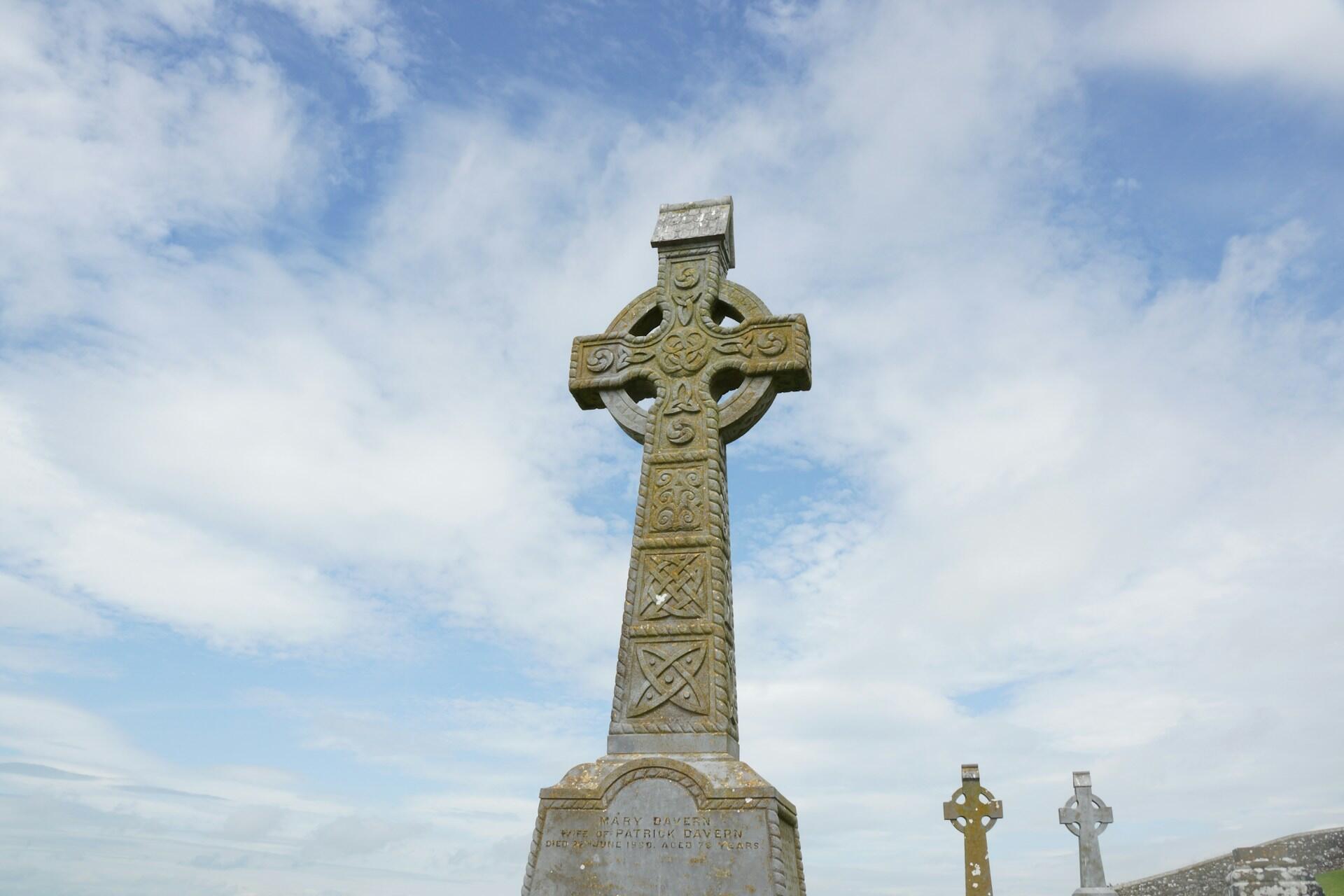
Spotlight on the Gods – Heroes of Irish Mythology
Here are just a few of the key gods of Irish mythology. We'll look at Dagda, Lugh, and a few others to give you an idea of some of the most essential and spoken-about gods.
Dagda: The Good God of Abundance and Wisdom
Dagda is a benevolent deity. Thought of as a "good god", Dagda's influence covers fertility, wisdom, and nature. He's known for his generous spirit and magical cauldron, which symbolises life's bounty.
Among the Tuatha de Danann, he's a central figure and the connection between Earth and its people. Thanks to him, life and prosperity are ever-present.
He wields a powerful club that commands life and death, acting as a guardian of the natural order.
Lugh: The Radiant Warrior and Craftsman
Lugh is a god with exceptional combat skills, craftsmanship, and artistic ability. This god played a key role in legendary battles and achieved many heroic feats.
Lugh is a formidable warrior and a patron of various artistic crafts, inspiring those who value skill, innovation, and the relentless spirit of adventure.

Other Notable Gods
There are many Irish gods aside from Dagda and Lugh. Take Donn, for example. This god is linked to the underworld and symbolises the inevitable journey towards death and a promise of transformation, an idea common within many religions worldwide.

Spotlight on the Goddesses – Nurturers, Warriors, and Healers
Numerous Celtic goddesses are also worth mentioning. Here are a few of the most important ones, though every Irish god and goddess tends to play an equally important role in the universe's balance.
Morrigan: The Fearsome Goddess of War and Fate
Morrigan embodies the raw power of war and destiny. Morrigan is often depicted as a trio of fierce warrior women or as a shape-shifting figure.
She's connected to the chaos of battle and the inevitability of fate. She's associated with crows, which are a symbol of prophecy and transformation and are said to influence the outcomes of wars and the warriors participating in them.
She bridges the realms of life and death and is a critical force in cosmic balance in Celtic lore.
Brigid: The Mother Goddess of Healing, Fertility, and Poetry
Brigid is a gentle yet powerful embodiment of nurturing and creativity. She's a mother goddess revered for her gifts of healing, fertility, and poetic inspiration.
Her influence covers both the practical and the mystical. She nurtures life and well-being while also kindling the creative spirit within Irish art and literature.
She's celebrated in festivals and rituals across Ireland as a beacon of hope, compassion, and artistic expression.
Macha and Beyond
Macha is another pivotal figure in the Irish pantheon. She is a goddess known for her strength, sovereignty, and intimate connection with the Earth and its people.
She often plays a decisive role in mythic narratives, particularly those with themes of endurance or the transformative power of adversity.
Feminity plays a key role in Irish mythology, and the pantheon includes various figures with multifaceted roles.
The Tuatha de Danann – Legendary Origins and Mythical Battles
Tuatha de Dann, which means "the People of the Goddess Danu", are enigmatic figures in Irish mythology. They arrived from distant, mystical lands, bringing profound knowledge and extraordinary magical powers. They're revered as divine beings who introduced advanced skills in art, warfare, and sacred rituals to ancient Celts.
The Tuatha Dé Danann are comparable to the Welsh deities in the Mabinogion, representing divine and mystical beings.
Their era was defined by legendary battles like the Battle of Magh Tuiradh. The Tuatha de Danann clashed with the forces of the Fomorians, symbolising the internal balance between order and chaos and light and darkness.
Themes and Symbolism in Irish Mythology
Irish mythology has several recurring themes. Like many religions, it includes narratives explaining life, death, and everything in between.
Life, Death, and Rebirth
In Irish mythology, the cycle of life, death, and rebirth is regularly featured. Death isn't seen as the end in Irish mythology; instead, it's a transformation that paves the way for renewal and growth.
It's seen in seasonal changes, agricultural rhythms, and the ongoing evolution of the natural world.
This balance, even the passage into the underworld, is represented in the epic tales of Irish gods and goddesses.
War, Fertility, and Healing
The duality of conflict and creation is also prevalent in Irish mythology. War is covered with battles and legendary confrontations, and the themes of fertility and healing are regularly interwoven into these stories.
Deities like Morrigan and Lugh are good examples of this duality. Morrigan is synonymous with chaos and battles, and the most violent conflicts typically lead to transformation.
Celtic Symbols – From Stars to Nature
The imagery of the stars is often a metaphor for guidance, destiny, and the radiant power of gods. Nature is the living canvas dotted with stone circles, sacred groves, and meandering rivers.
These natural symbols connect the earthly realm with the Celts' belief in the omnipresence of spiritual forces.
Comparative Insights – Irish, Welsh, and Roman Influences
The Celts didn't live in isolation, and neither did their mythology. There are influences in Irish deities that echo the Welsh and Roman mythological traditions. The stories are unique, but some ideas parallel deities from other cultures.
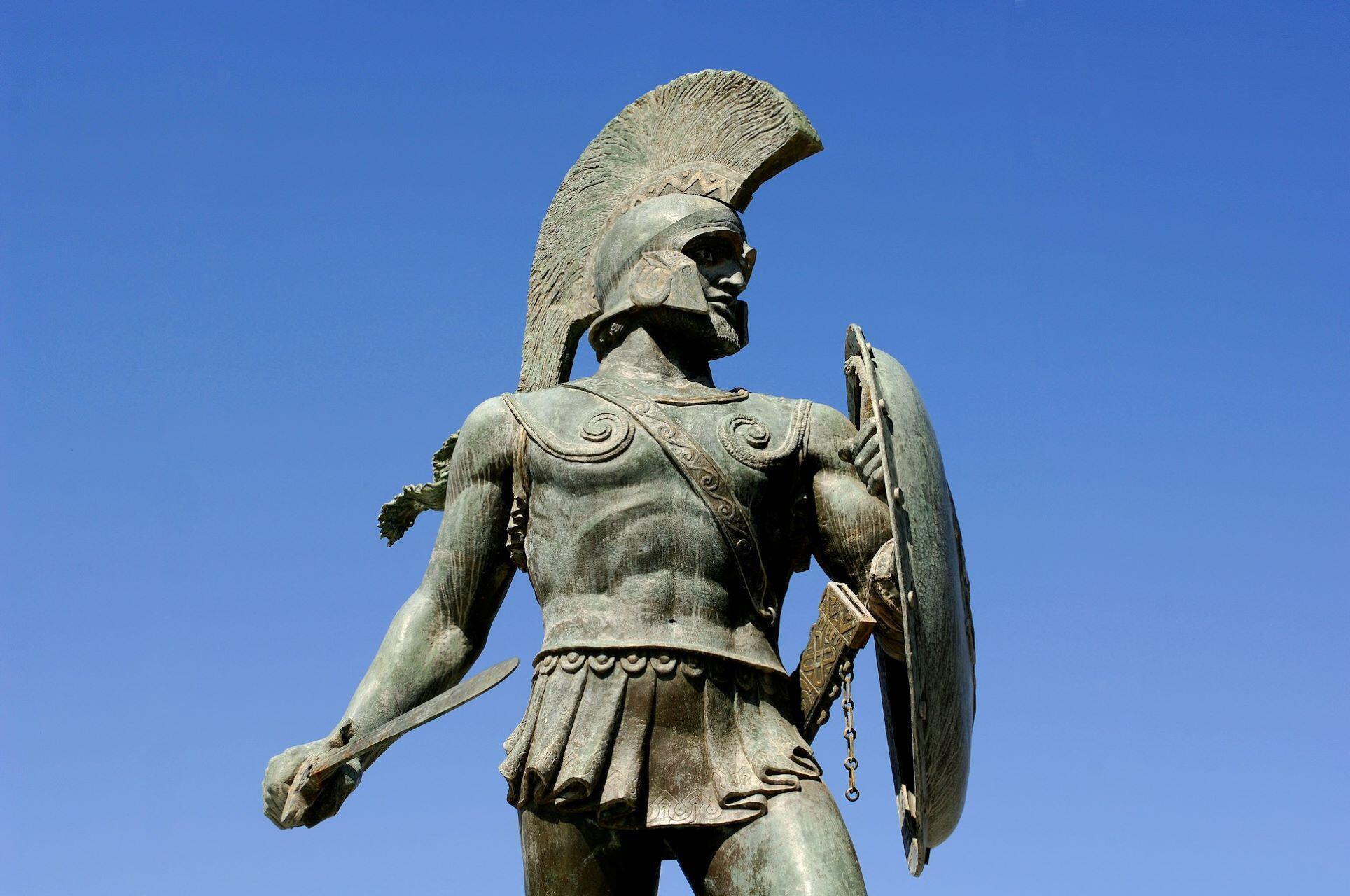
Welsh mythology, for example, also heavily features heroism, craftsmanship, and the sacred connection.
Roman influence can be seen in Brigid, whose healing and fertility closely mirror those of certain Roman goddesses.
Name & Origin
"Tuatha de Danann" translates to "the people of the goddess Danu," referring to an ancient, mystical race believed to have once inhabited Ireland.
Legendary Arrival
According to myth, they arrived in Ireland from otherworldly realms, bringing profound knowledge, magical skills, and artistic mastery that shaped early Celtic culture.
Epic Battles
Their legacy is marked by legendary conflicts, most notably the Battle of Magh Tuireadh, where they clashed with the Fomorians—symbols of chaos—establishing a balance between order and disorder.
Cultural Impact
The stories of the Tuatha de Danann have endured through centuries, influencing Irish art, literature, and modern interpretations of cultural heritage, and continue to inspire contemporary expressions of myth and identity.
Symbolism
They embody themes of transformation, renewal, and the cyclical nature of life, serving as a timeless reminder of the connection between the natural and supernatural worlds.
Epic Conflicts
Irish mythology is rich with epic battles that have shaped the destiny of gods and mortals alike. For example, the legendary clashes between the Tuatha de Danann and the chaotic Fomorians are among the most dramatic narratives in Celtic lore, symbolising the eternal struggle between order and chaos.
Heroes on the Battlefield
These timeless stories bring to life heroic figures such as Lugh, whose brilliance on the battlefield was as radiant as a star, and deities like Dagda, renowned for his wisdom and abundant power. Equally compelling is Morrigan, the fierce goddess of war and fate, whose interventions often tipped the scales in these legendary conflicts.
Themes of Destruction and Renewal
The battles these myths depict are more than physical confrontations—they encapsulate the cycles of death and rebirth, war and healing. Even as violence rages, these narratives underscore the transformative power of conflict, where destruction paves the way for regeneration and growth, echoing the natural cycles revered by the Celts.
Cultural Resonance
The enduring appeal of these battle tales extends far beyond ancient times. They continue to inspire modern Irish culture, influencing literature, art, and even contemporary tattoo designs. These stories resonate with universal themes of courage, sacrifice, and transformation, inviting us to read deeper into the symbolic language of myth.
Interwoven Legacies
With influences stretching into Welsh and Roman traditions, these legendary battles illustrate a shared heritage among the Celts. Melding different mythological threads enriches the narratives, celebrating a diverse tapestry of deities and cultural identities that have evolved over millennia.
The Enduring Legacy of Irish Gods and Goddesses
The gods and goddesses of Celtic lore embody the timeless themes of creation, destruction, and rebirth. Their stories offer a window into the past but still resonate with modern identities and artistic expressions, even Irish tattoos.
Myth isn't static. It evolves and adapts and can influence everything from contemporary art to literature. Read about the ancient tales to discover the profound connection between the natural and divine.
These myths can connect us with our history, environment, and collective human experience. The more you delve into Irish mythology, the more you'll learn about it and yourself.

